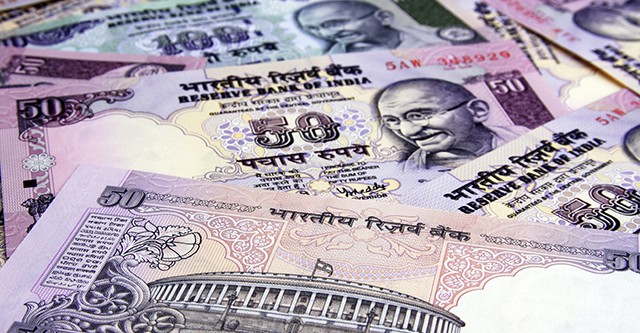Indian diaspora spread worldwide has created another record by sending a whopping USD79 billion (SGD106.89 billion) as remittances back home in 2018. As a result, India has retained its position of being the top recipient of remittances in the world, a World Bank report revealed.
India has registered a significant inflow of remittances in the past three years with USD62.7 billion (SGD84.3 billion) in 2016 to USD65.3 billion (SGD88.35 billion) in 2017.
As far as global trends in remittances were concerned, India was followed by China (USD67 billion—SGD90.65 billion), Mexico (USD36 billion—SGD48.71 billion), the Philippines (USD34 billion—SGD46.1 billion), and Egypt (USD29 billion—SGD39.24 billion).
The latest edition of the World Bank's Migration and Development Brief, said, “Remittances grew by more than 14 per cent in India, where a flooding disaster in Kerala likely boosted the financial help that migrants sent to families.”
The report also revealed that remittances to low and middle-income countries reached a record high of USD529 billion (SGD715.74 billion) in 2018, an increase of 9.6 per cent over the previous record high of USD483 billion (SGD653.5 billion) in 2017.
Global remittances, which include flows to high-income countries, reached USD689 billion (SGD932.22 billion) in 2018, up from USD633 billion (SGD856.45 billion) in 2017, it said.
In addition to this, remittances to South Asia grew 12 per cent to USD131 billion (SGD177.24 billion) in 2018, outpacing the six per cent growth in 2017.
"The upsurge was driven by stronger economic conditions in the United States and a pick-up in oil prices, which had a positive impact on outward remittances from some GCC countries," the report said.
The Gulf Cooperation Council (GCC) is a regional inter-governmental political and economic bloc of Bahrain, Kuwait, Oman, Qatar, Saudi Arabia and the UAE.
The report also predicted that in 2019, flows to low and middle-income countries are expected to reach USD550 billion (SGD744.15 billion) to become their largest source of external financing.
“Remittances are on track to become the largest source of external financing in developing countries," said Dilip Ratha, lead author of the report and head of Global Knowledge Partnership on Migration and Development (KNOMAD).
“The high costs of money transfers reduce the benefits of migration. Renegotiating exclusive partnerships and letting new players operate through national post offices, banks, and telecommunications companies will increase competition and lower remittance prices,” he said.



